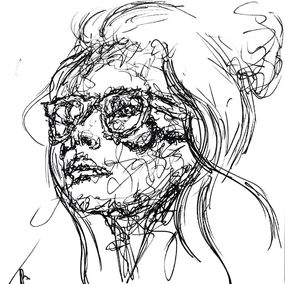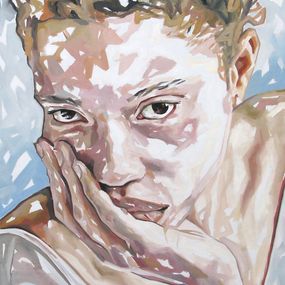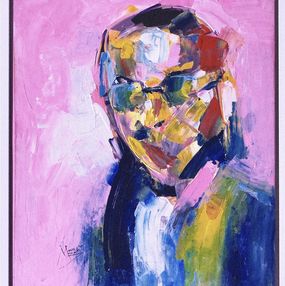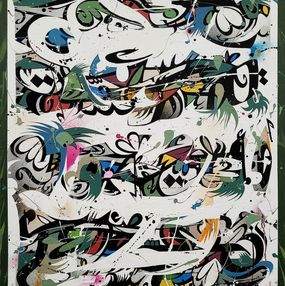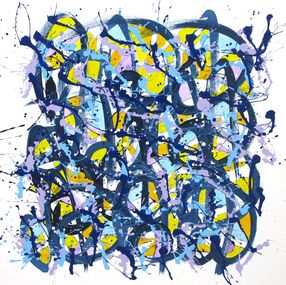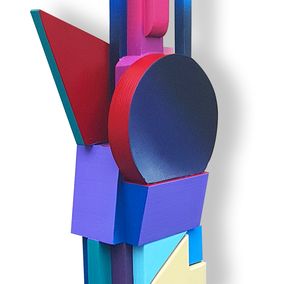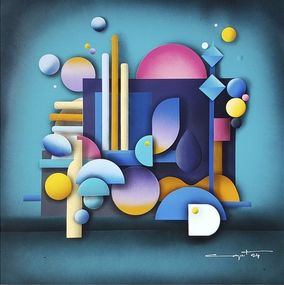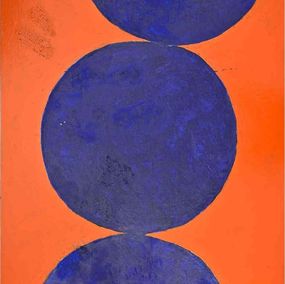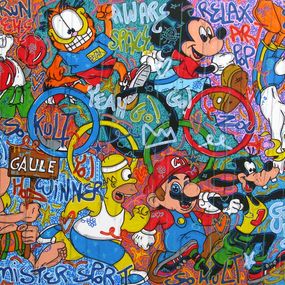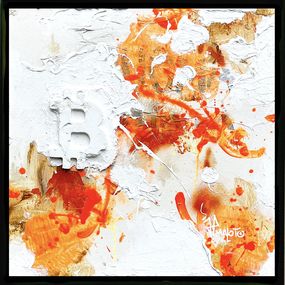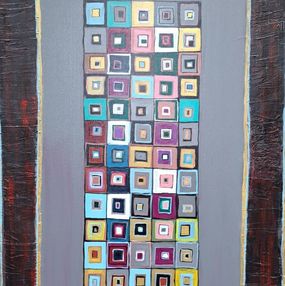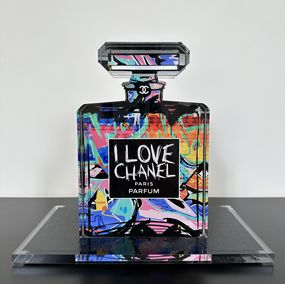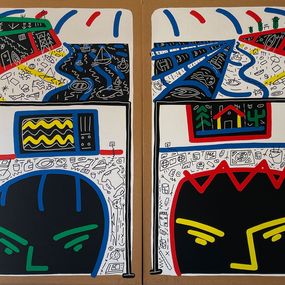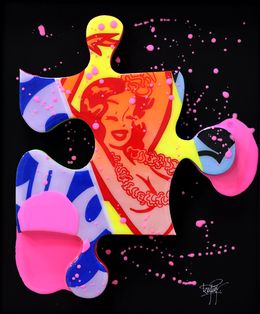
Pop Art Painting for Sale
Save your search and find it in your favorites
Save your search to find it quickly
Saved search
Your search is accessible from the favorites tab > My favorite searches
Unsaved search
A problem occurred





Il ne l'emportera pas au paradis
Keymi
Painting - 64 x 54 x 4 cm Painting - 25.2 x 21.3 x 1.6 inch
Sold



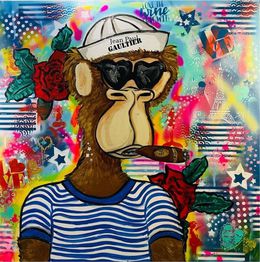
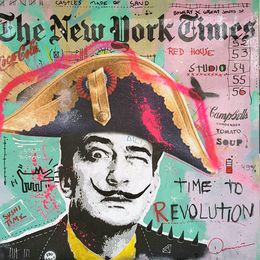
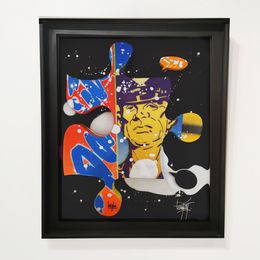
Rumeur - Et nous barrait le passage
Keymi
Painting - 64 x 54 x 4 cm Painting - 25.2 x 21.3 x 1.6 inch
Sold



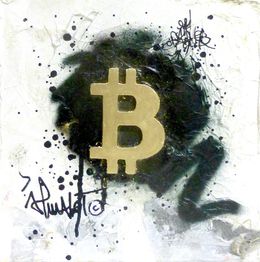


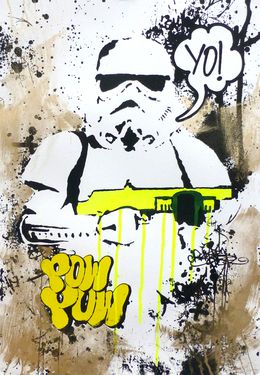
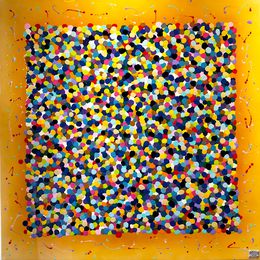

Love and hope (a tribute to Banksy)
Dr. Love
Painting - 60 x 50 x 2 cm Painting - 23.6 x 19.7 x 0.8 inch
Sold
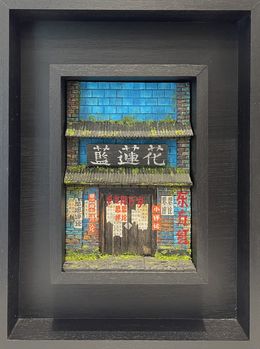
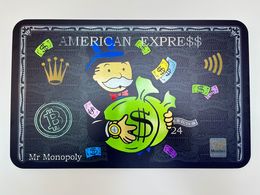


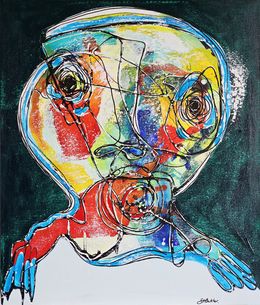
No title - two of six
Susanne Butcher
Painting - 70 x 60 x 2 cm Painting - 27.6 x 23.6 x 0.8 inch
Sold


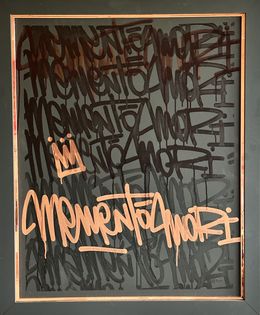

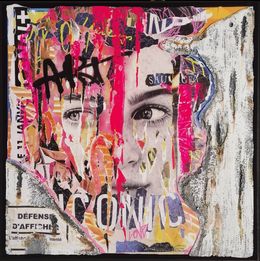
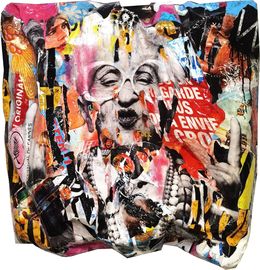

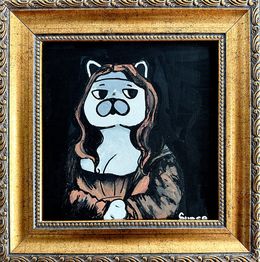


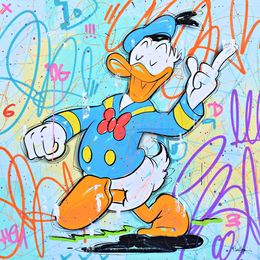
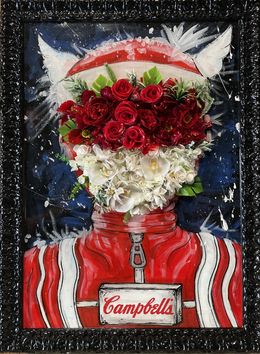
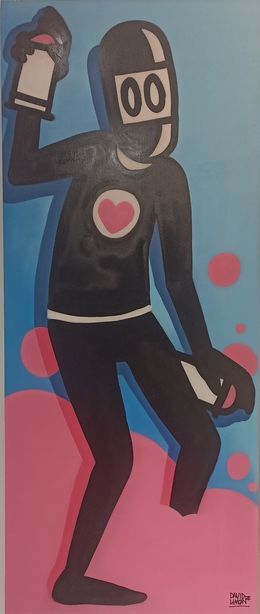


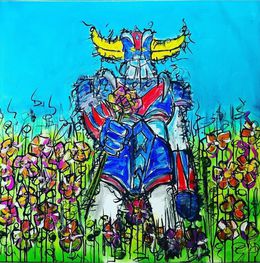
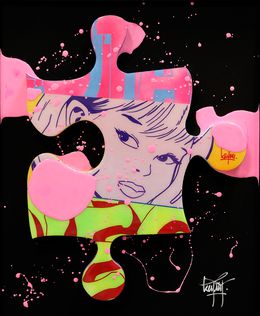
Rumeur n°845 - Pourquoi elle...
Keymi
Painting - 64 x 54 x 4 cm Painting - 25.2 x 21.3 x 1.6 inch
Sold
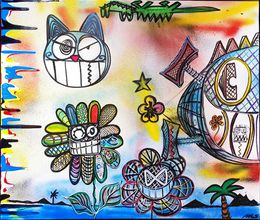
Vive les fleurs 9156
Seb Paul Michel
Painting - 81 x 100 x 2 cm Painting - 31.9 x 39.4 x 0.8 inch
Sold
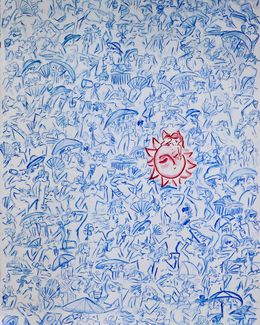
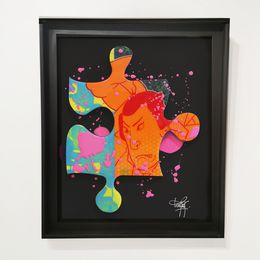
Rumeur n°762 - L'affront de trop
Keymi
Painting - 64 x 54 x 4 cm Painting - 25.2 x 21.3 x 1.6 inch
Sold

Portrait of Albert Einstein
Valentyna Odnolko
Painting - 80 x 80 x 1.5 cm Painting - 31.5 x 31.5 x 0.6 inch
Sold
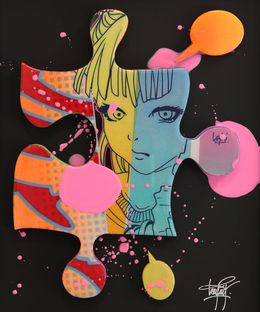
Rumeur encadrée N°702 - Tel quel
Keymi
Painting - 64 x 54 x 4 cm Painting - 25.2 x 21.3 x 1.6 inch
Sold
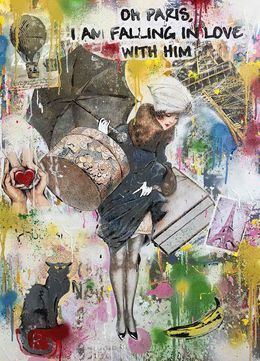
Oh Paris, I am Falling In Love With Him
Katrin Debois
Painting - 100 x 70 x 2 cm Painting - 39.4 x 27.6 x 0.8 inch
Sold

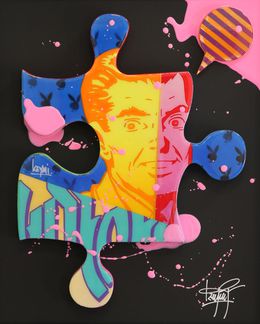
Rumeur encadrée N°710 - Ce qui le démasqua
Keymi
Painting - 64 x 54 x 4 cm Painting - 25.2 x 21.3 x 1.6 inch
Sold



Elixir (La rumeur double 290)
Keymi
Painting - 54 x 74 x 3 cm Painting - 21.3 x 29.1 x 1.2 inch
Sold

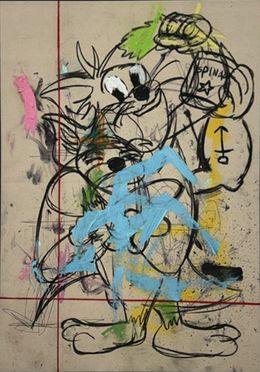







Goldorak vs. Actarus Fragment #1
Maxime Andriot
Painting - 62 x 48 x 1.5 cm Painting - 24.4 x 18.9 x 0.6 inch
Sold

Marianne Fragment #2
Maxime Andriot
Painting - 63 x 49 x 1.5 cm Painting - 24.8 x 19.3 x 0.6 inch
Sold


The cat with the pearl earring
Penguino
Painting - 20.32 x 20.32 x 3 cm Painting - 8 x 8 x 1.2 inch
Sold
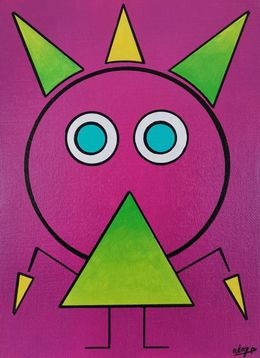



3d Super Mario Mannequin
Antonella Castrovillari
Painting - 89 x 43 x 35 cm Painting - 35 x 16.9 x 13.8 inch
Sold

Love you forever
Antonella Castrovillari
Painting - 100 x 60 x 5 cm Painting - 39.4 x 23.6 x 2 inch
Sold

Un air du petit prince Mr.Hope
MrHope
Painting - 39 x 29 x 1 cm Painting - 15.4 x 11.4 x 0.4 inch
Sold





Le coeur sur la main de Mr.hope
MrHope
Painting - 39 x 29 x 1 cm Painting - 15.4 x 11.4 x 0.4 inch
Sold


Mr Hope dans un monde heureux
MrHope
Painting - 30 x 20 x 1 cm Painting - 11.8 x 7.9 x 0.4 inch
Sold
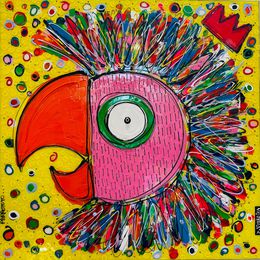





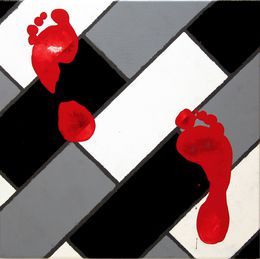


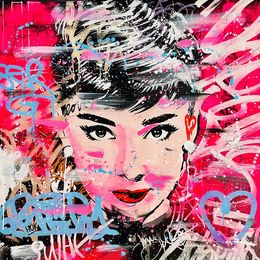



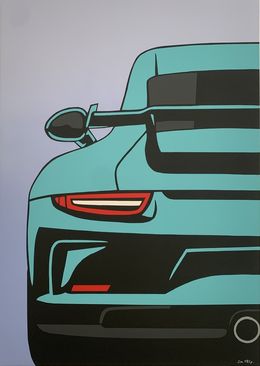

Discover the styles & movements
Discover the selection of our experts
Pop Art Painting for Sale
Pop Art comes from the term “popular art" and refers to the art movement that first appeared in the UK during the 1950s, before spreading across the world. Pop Art has not only influenced the visual arts (collage, sculpture...) but has also had an impact on music and fashion, with Pop Art painting being one of the most recognizable art forms today.
Among the many technological revolutions that have touched the history of painting, one of the most significant is certainly acrylic painting, a paint made from a combination of pigments, resin and turpentine. In comparison with traditional oil paint, acrylic has numerous advantages: it dries incredibly quickly, doesn't need varnish and is highly durable. Several Pop Art artists preferred using this more modern paint.
The popularization of silk screen printing, a stencil printing technique, also contributed to Pop Art's success. Examples of American Pop Art are often printed in series (using silk screens or other techniques) and created using a range of innovative industrial processes. These innovations were initially largely discredited and even subject to scorn until two key figures of the Pop Art movement emerged and helped promote these techniques.
Andy Warhol and Roy Lichtenstein were among the pioneers to openly express their preference for these new methods. By appropriating these techniques, which had once been exclusively used in an industrial context, the two major Pop Art figures revolutionized the art world. Contemporary painting had been popularized since and an artwork's value is no longer measured by its rarity or by the subject depicted.
American Pop Art turned its back on a long artistic tradition and paved the way for post-modern contemporary art, taking everyday objects from mass culture as its subjects (Campbell's soup, Coca-Cola). Subjects were intentionally chosen because they were banal, popular and ordinary.
To reinforce the movement's drastic break from the fine arts and its traditional subject matter, artists worked with a bright color palette, essentially using primary colors: red, yellow and blue. The use of vivid colors can be found in dozens, if not hundreds of kitsch Pop Art paintings.
The movement was critical of consumer society and often ironically used famous figures from popular culture - Marilyn Monroe, Mick Jagger, Mickey Mouse, Audrey Hepburn - to convey their criticism. These illustrations, which are reminiscent of advertisements or comic strips, are characterized by their use of very simple lines and minimalist details.
The desire to desacralize art is also reminiscent of the ideas of Dada or Marcel Duchamp's avant-gardism. However, for American and British Pop Art, their main goal was to ensure that culture was made accessible to the largest number of people possible. The Pop style made its mark very quickly and simultaneously created a new style of painting. Pop Art's philosophy emphasizes the power of images, the industrialized consumer society's new fetish. Nonetheless, from the 1970s onwards, many of the movement's artists decided to abandon Pop Art for other protest art movements.
On Artsper you can explore a range of Pop Art paintings from both well-known contemporary Pop Art artists as well as emerging artists. Some of the greatest painters of Pop Art include: James Rosenquist, David Salle, Jasper Johns, Andy Warhol, Tom Wesselman, and David Hockney.
Pop Art is a type of art in which everyday objects, like food items, road signs or comic strips, are depicted in art.
Pop Art often uses repeated images to mimic mass production, as well as commercial techniques like printing. Pop Art painting often features bright, saturated colors and images from popular culture or everyday contemporary life.
One of the most famous examples of Pop Art is Andy Warhol's Campbell Soup Cans, which he created in 1962. The work included 32 posters that each depicted a can of Campbell's soup, highlighting modern consumerism and challenging the definition of what makes "real art".





